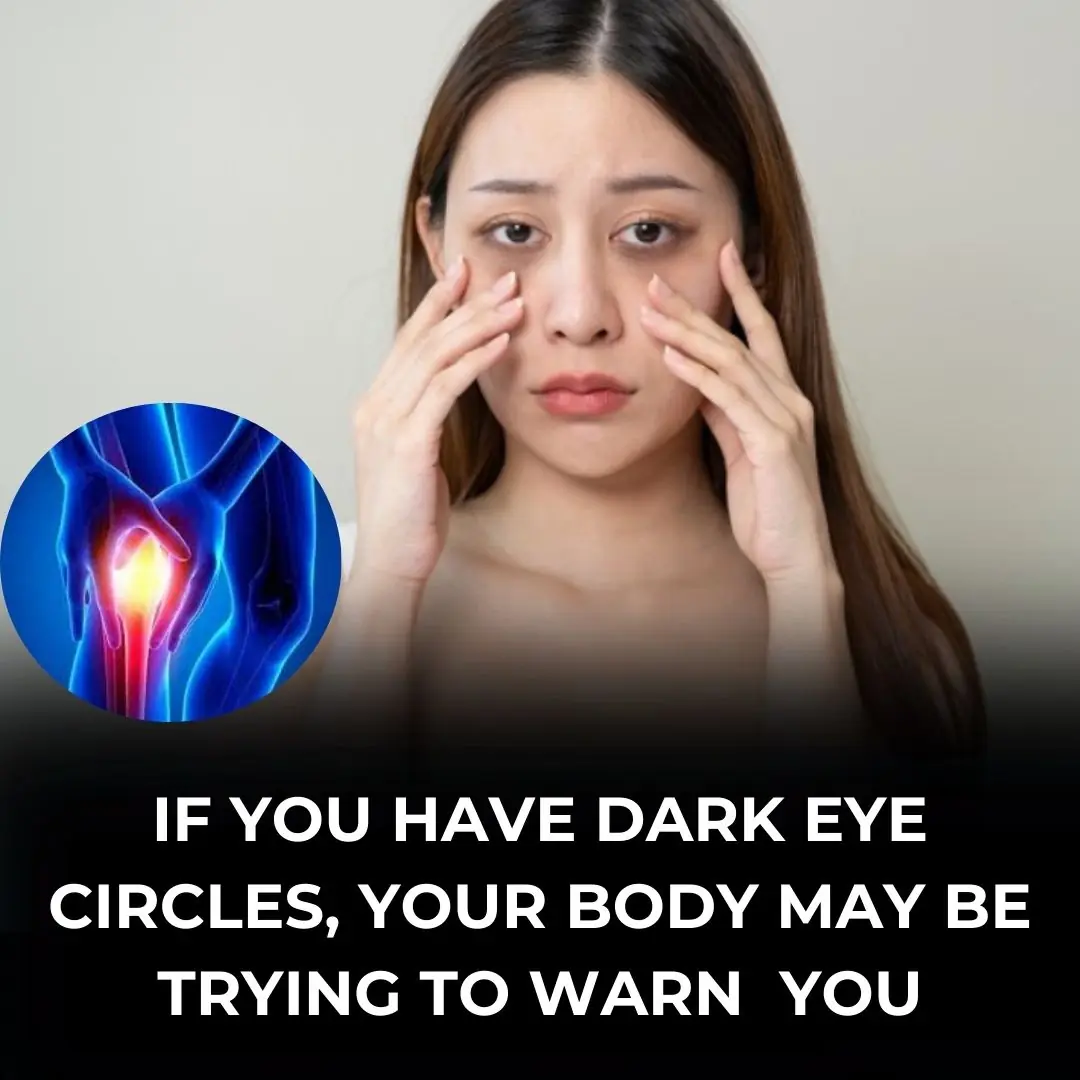
Warning: Cervical Vertebrae Damaged Due To Excessive Phone Use
Mr. John, 38 years old, was experiencing neck pain, a hunched neck, and weakness in his limbs. After a diagnosis, the doctor confirmed that he had three herniated discs in his cervical spine and would need surgery to fuse the bones and insert eight screws.
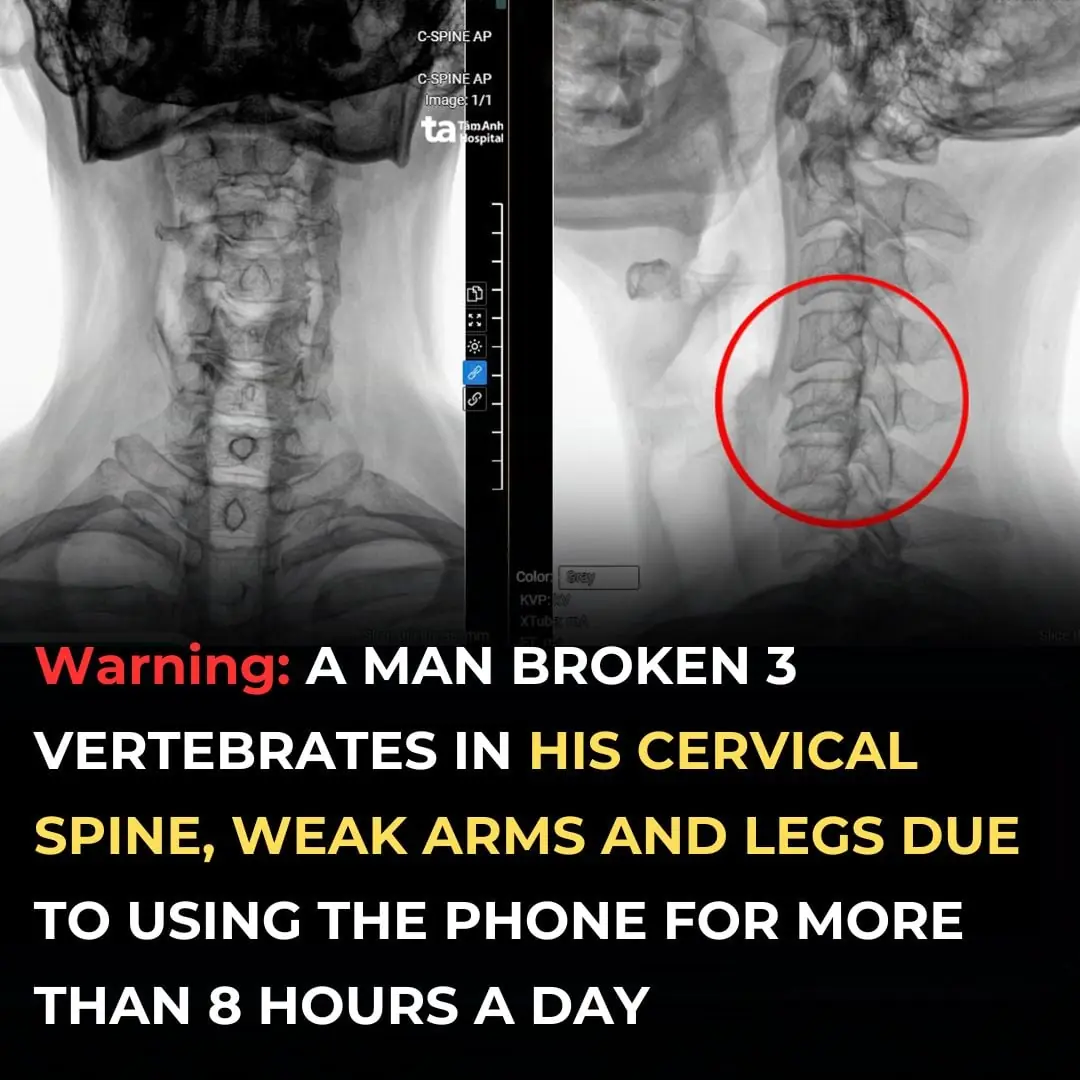
Damaged Cervical Vertebrae Due to Phone Use
An MRI scan performed at a hospital showed that Mr. John had severe cervical disc herniation from C3 to C7, a hunched spine, and nerve compression that caused damage to the spinal cord at the C5 and C6 vertebrae (the fifth and sixth cervical vertebrae). Additionally, his lumbar spine was also affected by a herniated disc and nerve compression at the L4 and L5 vertebrae (the fourth and fifth lumbar vertebrae). Currently, he was experiencing weakness in his right limbs, significant pain in his neck, shoulders, and back, and difficulty performing tasks that involved lifting heavy objects or tasks requiring precision, such as buttoning a shirt or holding chopsticks.
Dr. Smith, an orthopedic specialist at a major hospital, noted that Mr. John had a habit of using his phone for over 8 hours a day. "Frequent actions like tilting the head to answer the phone or bending the neck to look at the phone are likely the main cause of neck issues in young people who do not have a history of spine degeneration, like Mr. John," explained Dr. Smith.
According to Dr. Smith, the average adult head weighs about 4-5 kg, but when trying to see a phone or laptop screen clearly, the head often tilts forward and the neck bends down, increasing pressure on the cervical region up to 27 kg. This creates an overload on the muscles and joints in the neck, leading to injuries and pain in the neck, shoulders, and upper back. Over time, this causes the natural curve of the cervical spine to collapse, leading to a hunched neck and accelerating degeneration and disc bulging.
MRI Scan Results Showing Herniated Discs
The MRI scans revealed the herniated cervical discs and the spinal cord damage in Mr. John's case.
Mr. John underwent a surgical procedure to fuse the bones in his cervical spine using an anterior approach. This minimally invasive surgery preserves the muscles, ligaments, and soft tissues at the back of the spine, leading to less pain and quicker recovery, with a reduced risk of nerve damage.
Dr. Smith explained that the surgery required careful planning because Mr. John needed fusion from three or more vertebrae, which carried the risk of non-union and the formation of a false joint. During the surgery, the doctor removed the damaged bone spurs and discs, then fused the bones into the disc spaces. The goal was to remove the damaged discs, relieve nerve compression, create space for the spinal cord to recover, and restore the natural curve of the cervical spine. The surgery lasted 2.5 hours, and eight screws were inserted.
Post-Surgery Recovery
On the first day after the surgery, Mr. John had already recovered about 90%, with a significant reduction in pain and noticeable improvement in his mobility and muscle strength. He will need close monitoring for the next three months to ensure proper bone healing. The cervical and lumbar nerves share some sensory pathways, so after the surgery in the cervical spine, nerve congestion and tension were alleviated.
The pain and weakness in his back and legs also improved significantly. Mr. John will continue with conservative treatment using medication and physical therapy, avoiding the need for further surgery. Additionally, he has been advised to change his lifestyle habits to prevent further damage to the nearby vertebrae.
Preventive Measures for Smartphone Use
Using smartphones and other electronic devices has become a daily habit for many people in modern life. However, it's important to limit screen time, take appropriate breaks, and use these devices properly.
Dr. Smith recommends that when using a phone, users should keep it at eye level, take breaks every 15-30 minutes, and perform neck and finger stretching exercises. These good habits help reduce pressure on the spine and prevent injuries like thumb and wrist strain from prolonged phone use.
News in the same category


Frozen in Time: The First Cryogenically Preserved Man Still Awaits Revival

Distracted? Your Phone Isn’t the Only Problem – Here’s Why

Foamy Urine: Here’s Why You Have Bubbles in Your Urine

When Knee Replacement Must Wait: Cartilage Restoration

Most Doctors Won’t Tell You, But This Can Cut Heart Attack & Stroke Risk By 80%

Skin Infections: What You Should Know

How Does Psoriatic Arthritis Affect Your Body?

Woman who ate local dish while traveling reveals it triggered painful disease that has no cure

Doctors Issue A Warning About Hot Showers That Might Change How You Bathe
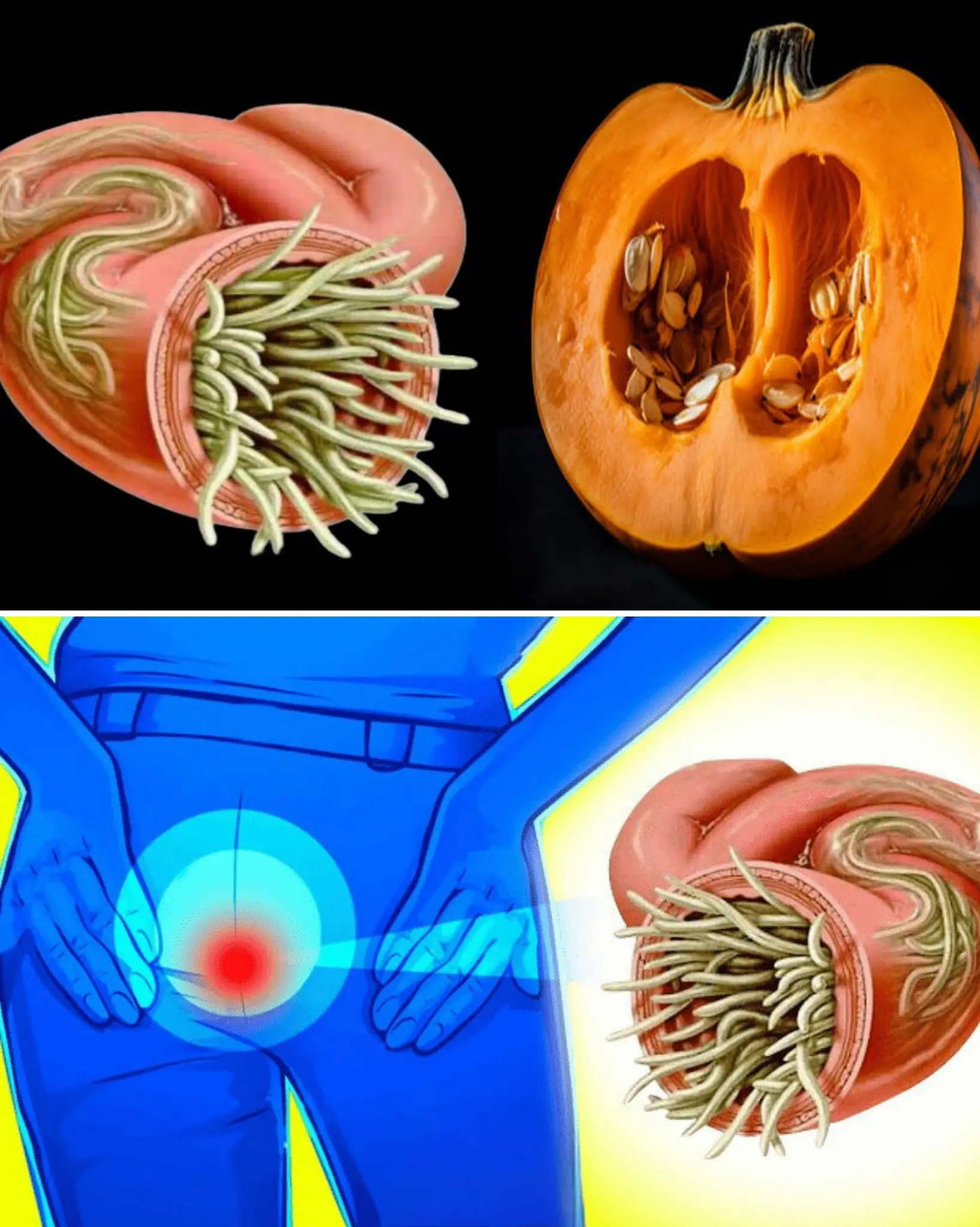
My Mom's Simple Recipe That Banished Worms and Boosted Health – A Natural Remedy Worth Trying
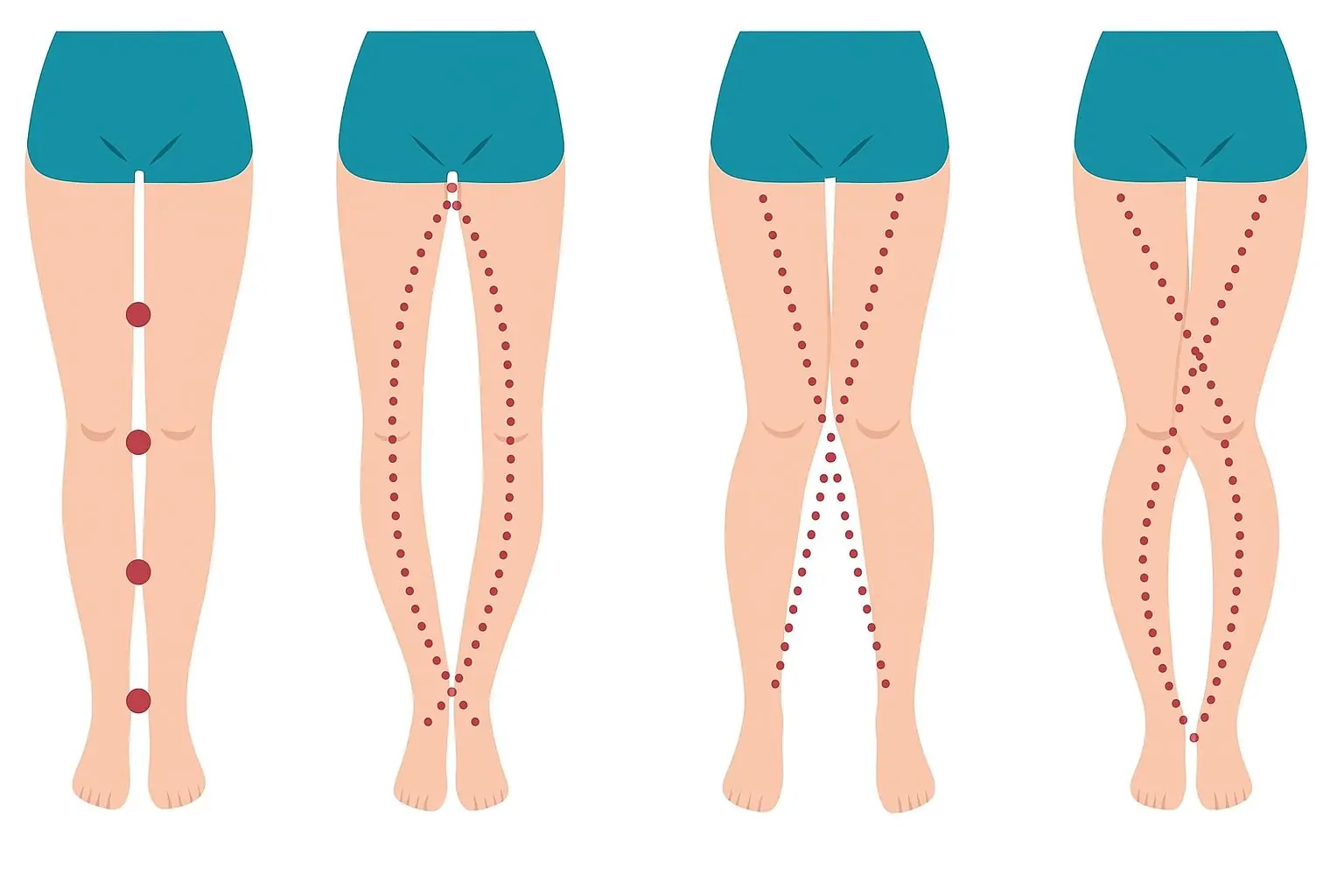
What Your Legs Can’t Say, Your Vagina Can — The Truth About the Female Body Most People Don’t Know

Painful Red Bumps on Skin? It Might Be Dyshidrotic Eczema

Shocking Simulation Reveals The Effects Of Plucking A Hair From Your Skin

Scientists Discover Body’s ‘Kill Switch’ Capable of Destroying Cancer Cells

A Legacy Of Health: Soong Mei-Ling’s Longevity And Struggle Against Cancer

Prostate Cancer – Warning Signs and Symptoms You Shouldn’t Ignore

The Best Home Remedies For Getting Rid of Ear Infection

Mite Bites: Warning Signs and Natural Treatments
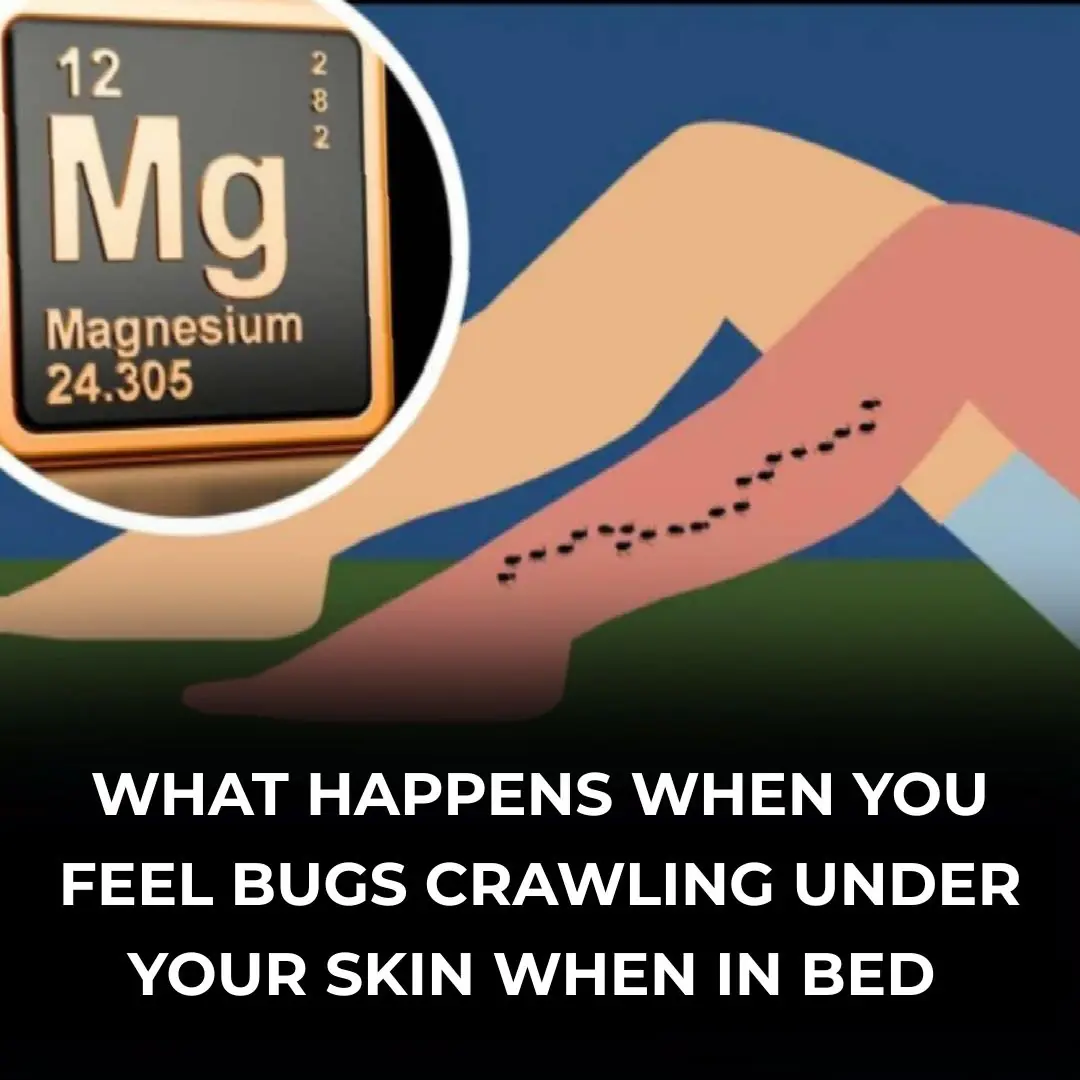
14 Warning Signs of Low Magnesium Levels and What to Do About It
News Post

Brighten & Even Out Your Skin with These DIY Potato Skin-Whitening Remedies

Woman Demands Single Dad with Crying Baby Be Kicked Out of Café — One Year Later, Fate Reunites Them at a Job Interview.

If You Have Dark Eye Circles, Your Body May Be Trying to Warn You

No One Shows Up to Old Woman's Birthday Except a Courier with a Cake That Reads, 'We Know What You Did' – Story of the Day

Frozen in Time: The First Cryogenically Preserved Man Still Awaits Revival

Lady Gets Call from Hospital, Finds Out She Lost Her Loathed Sister and Got Two Newborn Nephews – Story of the Day
At a young age, Linda's older sister abandoned her in a group home. Years later, she is left to care for her young nephews, who face the same fate.

I Couldn't Understand Why My Mother-in-Law Hated Me until I Found Her Letters in My House's Attic – Story of the Day
During a visit to her mother-in-law, Macy endures relentless mocking of her cooking, appearance, and how she treats her husband. When she finally stands up for herself, she becomes the villain. However, an unexpected find in her father's house reveals rea

The Family Trip Was Going Well Until the Grandmother Said Her Step-Grandkids Weren't 'Real Family' — Story of the Day
Ellie had always known her mother was stubborn, but she never expected this. When Caroline called the stepkids “strangers” and refused to pay for their room on the family trip, Ellie realized this year would be different. Her mother had drawn a line

I Wanted to Introduce My Fiancée to My Family – But They All Backed Out After Seeing Her Photo
I was finally ready to introduce the woman I loved to my family, but their reaction left me stunned. One photo was all it took for everything to fall apart.

Am I Wrong for Banning My Wife's Parents from Watching Our Daughter Ever Again?
When Ethan returns from a weekend away, he learns his wife and in-laws have gone behind his back to secretly plan a ceremony for their daughter. What begins as a breach of trust spirals into a devastating reckoning about parenthood, partnership, and contr
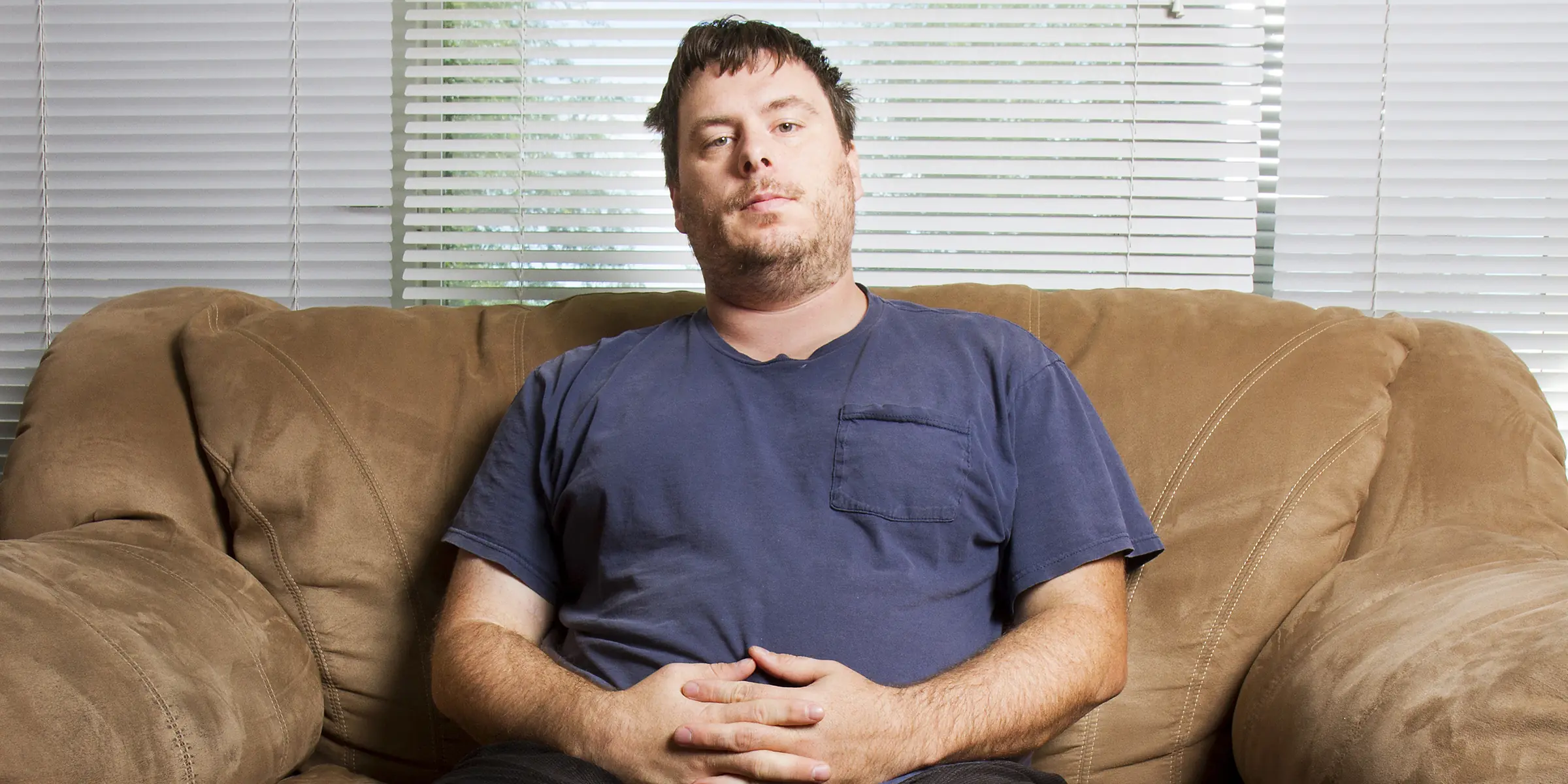
My Boyfriend of 2 Years Didn't Want to Get Married Until He Learned I Was Inheriting a Three-Bedroom Apartment — So I Played Along
Patrick always told me we needed more time before moving in together. More time before getting engaged. More time before making any real commitment. But the second I inherited a fully paid-off apartment? He couldn't wait a second longer. And that's when I
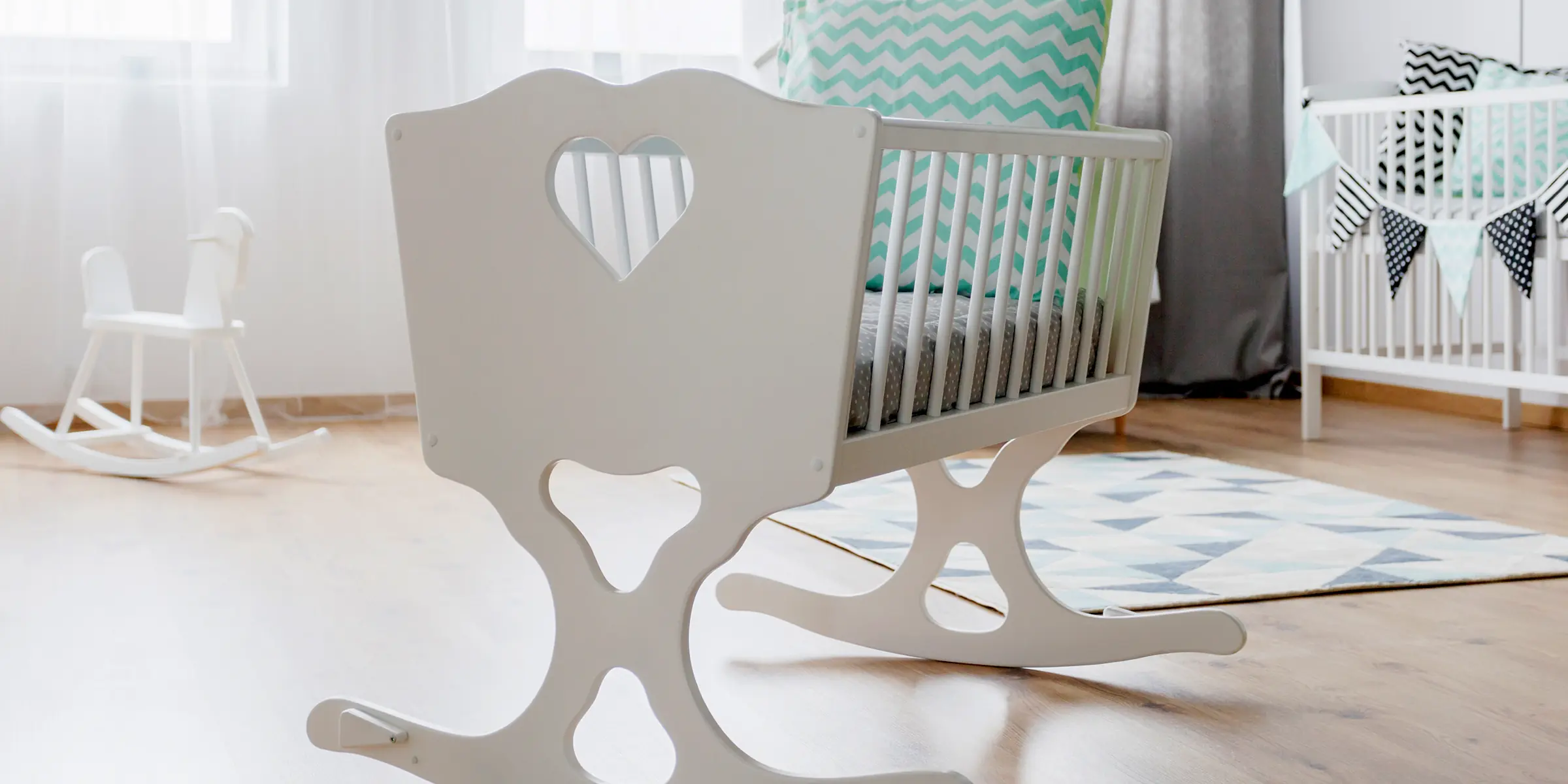
I Grew Suspicious of My Husband After Giving Birth – Then I Accidentally Saw Why on the Baby Monitor
When Elodie's husband, Owen, starts acting distant after the birth of their son, she fears the worst. Sleepless nights and creeping doubts push her to uncover the truth, only to find something she never expected.

At Our Wedding Ceremony, My Fiancé Entered the Church with a Toddler Who Was His Spitting Image and Said, 'I Need to Tell You the Truth'
As I stood at the altar, the church doors swung open, and my fiancé walked in holding a little girl who looked exactly like him. With every guest watching, he met my eyes and said, "I need to tell you the truth," shattering everything I thought I knew ab

After Man’s Death, Widow and Daughter Learn They Aren’t Entitled to His Inheritance – Story of the Day
After her father’s death, Julia rummaged through his office and discovered his will, which gave their house to someone named John. She and her mother were shocked. They called their lawyer, who introduced them to John, and they all found out the outrage

Distracted? Your Phone Isn’t the Only Problem – Here’s Why

Foamy Urine: Here’s Why You Have Bubbles in Your Urine

When Knee Replacement Must Wait: Cartilage Restoration

Most Doctors Won’t Tell You, But This Can Cut Heart Attack & Stroke Risk By 80%

Skin Infections: What You Should Know
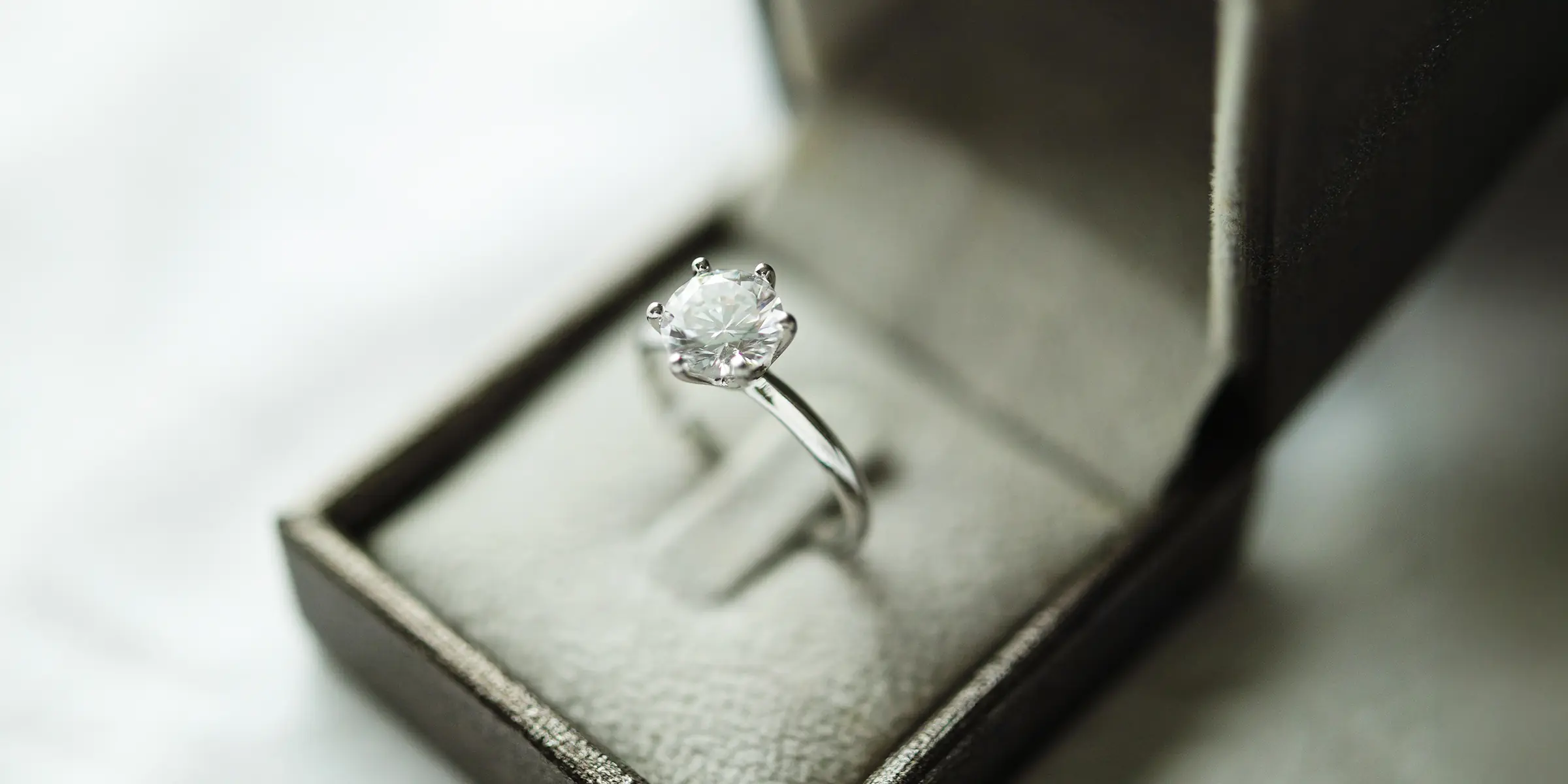
My MIL Demanded I Give Back My Engagement Ring Because It 'Belonged to Her Side of the Family'
When my husband proposed, he gave me a beautiful vintage ring that had been in his family for generations. But his mother decided it wasn't mine to keep. She demanded it back, and I handed it over, too stunned to argue. I thought that was the end of it...